- Home
- Professional Profile
- Teaching Resources
-
University Courses
- Treaty Education
- Art - EAE 201
- Core Studies >
- Educational Technology & Social Media - EDTC 300 >
- English Language Arts >
- Teaching Literacy for a Better World - ERDG 310
- Experiential Learning for Young Children - ECE 325
- Math - EMTH 317
- Physical Education - EPE 317
- Social Studies - ESST 317
- Working with Difference and Diversity - EPSY 400
- Professional Development
- Contact
|
Taking EDTC 300 over the last 6 weeks has been an exciting journey! I have learned so much (but you'll have ato wait to see that in an upcoming post) and interacted with others online like never before.
See, I'm more of a passive participant, because it takes longer for me to type, unless I use dictation on Word and copy and paste to Chrome, I just find it annoying. So I don't interact much generally, but I actually had a lot of fun being more involved! Thanks for opening me up to different ways of interacting and participating in the online community EDTC 300! A summary of my interactive communications throughout this class can be found HERE.
When I initially saw that we were going to me encoding call mom I totally panicked!
But when Katia Hildebrandt provided a mini demo, I got a more excited.
I selected Hour of Code option on Code.org as I wanted a more structured coding experience (step-by-step instructions) versus the more trial and error coding on Code Academy.
I chose to Make a Flappy Game, I have always loved playing these sorts of games and thought it would be fun to create my own! When I started, I thought, “this will be a breeze.” Let’s see if I was right… Level 1
Easy Peasy Lemon Squeezy
Level 4
Oopsie, I made a poopsie!
I need the Bird to be able to flap more than once or it just hits the ground and can't get back up!
A Screencastify of my progress at Level 8Level 10
WHAT????? NO PROMPTS??????
You mean I was supposed to remember what went where?? Took a few tries but I got it! Finished Product
I played around with all the options for what I wanted to set for the player, obstacle, scene, and ground. I settled on an underwater theme. Go Baby Shark!
Here's another Screencast to view, Enjoy!
Click to play my Baby Shark Flappy Game
I chose to explore digital literacy and how to teach students to identify fake news through the lens of Social Studies. Social Studies is a subject that requires one to put on their critical thinking hat (or one of de Bono’s 6 Thinking Hats) to analyze various aspects of ourselves and the world we live in. Each Social Studies curriculum is divided into four categories: Interactions and Interdependence, Dynamic Relationships, Power and Authority, and Resources and Wealth. When examining these aspects of society, our own as well as societies around the globe, research is an integral staple of this learning. But more and more sources appearing online are fiction and created for the purpose of misleading it’s readers.
“[F]ake news is often meant to do harm, by tricking us into believing a lie or unfairly discrediting a person or politely movement”
If we want to learn how to access accurate information, then we need to teach our students what fake news looks like and how to check if a resource is authentic. The article How do we teach students to identify fake news? outlines 4 strategies to help students become critical readers which include teaching student to identify if a source displays any kind of bias and to utilize investigative techniques such as using reputable verification websites (find list below) and reading laterally (cross checking information with multiple sites instead of putting all your eggs in one (potentially fake) basket and being on your merry way.
And instead of just taking what this one article has to say about how to prevent using fake news, I’m going to practice reading laterally and check a few other sources (even though I know this article is authentic and reputable as one of the authors is my instructor, something I didn’t realize until I went to reference the above quote - I swear I’m not brown nosing!!)
My brief cross referencing started with Damon Brown explaining in his video How to choose your news at 3:13 that “tuning into various sources and noting the differences, let’s you put the pieces together for a more complete picture.” Additionally, reading “Dihydro-What?” a lesson plan for Science on the website Lessons In Critical Thinking. The lesson’s author, Kristen Turner, outlines in her pre-lesson summary that: “Those without specialized knowledge [in a given scientific subject]... must have some faith in the competency of the scientist to craft accurate and valid experiments and draw conclusions with common sense and awareness.”
Which explains perfectly why people are so quick to accept fiction as fact because how do we know any better?? We only have X, Y, or Z credentials and they are talking about things beyond my knowledgeable grasp, so how can we question them?? Plus, they are the one with a published article, surely it had to verified before they could publicize that information, right??
Kristen continues,
“the psychological conundrum that people tend to be persuaded by emotion rather than logic... the [majority] of their work may be lacking but the audience may still choose to accept and believe it... [because the information] appeals to their target audience’s emotions... [even though] it conflicts reality.”
This tactic is known as using bias!
The Social Studies outcome I chose to use is:
IN9.2 - Compare the factors that shape worldviews in a society, including time and place, culture, language, religion, gender identity, socio-economic situation, and education.
When in doubt:
Investigate to Authenticate!
To finish, I’m going to quote Kristen Turner once more.
“As teachers, we can only do the best we can to present the truth as we know it, admitting to students that we are inherently prone to errors and bias. Ultimately, information we present will be faulty and flawed in some way. Nevertheless, it is still possible for it to contain a certain degree of truth that will serve to assist students in discovering and grasping the world around them.”
My experience sleuthing a classmate began by me putting on my detective hat and pretending I was conducting an investigation (yes, I love crime shows!). It did feel a little like I was invading privacy as I my classmate is someone I know and respect but since we were instructed to do so, I figured “Let’s have fun with this!”
So I made up a story first.
innette was evading the law because she was wanted for embezzlement. See, she had a sick second cousin twice removed who she just found out was her mother’s sister-in-law who they thought went missing on a trip to see some Eastern Orthodox murals in Sviyazhsk, a little town in Russia that no one’s heard of. So Linnette, being the kind soul she is, kept skimming money from the company she worked for to help her cousin to pay for her liver transplant. Anyway, that’s what prompted the investigation, we needed to locate Linnette to make her pay for her crimes. However, we later discovered that we were searching for the wrong person all along as we were looking for LYNNETTE and not LINNETTE! What tragic errors can be occur with ONE typo!
JEESH!!!!
So Linnette got her name cleared and all the charges dropped. If we hadn’t kept analyzing Linnette’s online identity and questioning why a Canadian, with free health care, would embezzle money to pay for a procedure that she wouldn’t actually need to pay for because she lives in Canada, then we wouldn’t have realized we were looking into the wrong person! The moral of this story is: be careful with your online presence - it might just save you from wrongful accusations one day! All jokes aside, your online identity is seen to be a representation of who you are and can mislead other's perceptions of you to your detriment, so be reflective. Following my make believe reason for sleuthing my classmate, I remembered this quote from class:
As Monica Lewinsky said in her TED Talk:
“the attention and judgment I received, not the story, was unprecedented... I was seen by many but actually known by few... it was easy to forget that that woman was dimensional, had a soul, and was once unbroken.
And this was in 1998, can you imagine the attacks that would’ve occurred with today’s fast paced social media?? The ability to tackle someone’s character in the matter of seconds and bombard Twitter, Facebook, or Instagram with alerts, it’s no wonder why cyberbullying has led to “suicidal ideations more significantly than offline bullying” (The price of shame, 2015).
The other side of social media poses just as many threats but are less visibly obnoxious to the public - the threat of portraying a different life than what’s being experienced in the non virtual.
Split Image, an article outlining the troubles of Madison Holleran’s Instagram displaying a happy and purposeful life when in reality she was suffering greatly with depression and suicidality.
“Everyone presents an edited version of life on social media. People share moments that reflect an ideal life, an ideal self,” it’s not a new concept. "Hundreds of years ago, we sent letters by horseback, containing only what we wanted the recipient to read. Fifty years ago, we spoke via telephone, sharing only the details that constructed the self we want reflected.”
Madison and her friend, who was also contending with a hard time, would scroll through Instagram and say, “this is what we want our life to be like.” However, Madison’s depression clouded her ability to recognize that her friends who were also struggling were participating in the same deceptive online presence, with the goal to project an ideal life.
“With Instagram,... [y]oung women spend a significant chunk of each day absorbing others’ filtered images while they walk through their own realities, unfiltered.”
Even though we may have the logic accessible to understand that most social media is projection, it’s goal is to strike our emotional side. Influencing our insecurities to buy this, like that, be more like this to be loved/admired/sought after/etc., and the consequences are more advertising dollars for companies and lower self-esteem for consumers. It’s the ideal marketing campaign for disaster.
Saying all that, it becomes imperative to educate students (AND OURSELVES!) to look at the social media of our friends, family, and society with critical eyes. We need to start questioning what we view on the internet and the online communities we participate in and teach others, our students, our friends, our not-so-tech-savvy grandparents, that being in a digital world requires you to be be an active participant with your online identity. It might be too much to say "Let’s reconcile our IRL self with our virtual self" since:
"[We are] multifaceted human beings... [to] be confined to just a single account, or a single all-in-one persona, is confining... People have diverse, rich lives that aren't contained within a single idea and personae... "
This is all too true! To finish then, at best, let's strive to educate about digital citizenship, teach how to navigate our online identity or identity facets according to our morals, values, and ensure to be guided by empathy and compassion.
We Are Living In A Digital World & I Am A Digital Girl (learning about digital citizenship)6/5/2021 This week in class we discussed digital citizenship, the nine elements of digital citizenship, and how to connect this to the curriculum. What is Digital Citizenship?"Digital citizenship is the continuously developing norms of appropriate, responsible, and empowered technology use. Too often we are seeing students as well as adults misusing and abusing technology but not sure what to do. The issue is more than what the users do not know but what is considered appropriate technology usage." Mike Ribble is a high school and university teacher who's dissertation on digital citizenship and it's nine elements has grown to become policy in many schools, including Saskatchewan (access the Digital Citizenship Education in Saskatchewan Schools PDF below). He is the author and co-author of several books including The Digital CItizenship Handbook for School Leaders: Fostering Positive Interactions Online, Digital Citizenship in Schools (Third Edition), and Raising a Digital Child. He also has several published articles, done podcasts, and offers a lot of resources. Mike Ribble also wrote The Knights of 17th Street
What are the Elements of Digital Citizenship?Briefly outlined, Ribble’s Nine Elements of Digital Citizenship include:
How Do You Teach Students To Be Digital Citizens?"School is an excellent place to help kids become capable digital citizens who use technology not only effectively and creatively, but also responsibly and wisely. For starters, we need to implement the Responsible Use Policy by encouraging students to think about how to use technology in safe, effective, and reflective ways and open the stage for them to feel they can seek out help if they get in a sticky situation. Next, access the K-12 Digital Citizenship Continuum to guide check grade level understanding and behaviour of students and see where ideal learnings need to be. Then What? |
|||||||||||||||||||||||||
| Digital Commerce SP 6.1 - Indicator f Students will conduct a collecting of data from electronic media, experiments, questionnaires, or databases, to analyze collected data to recognize scams and access if a website is a legitimate business for buying and selling goods. |
| Digital Etiquette & Digital Communication and Collaboration PE 7.13 - Indicators b, c, d Students can create online progress reports in which they will intermittently reflect on the five levels of social skills (ie, irresponsible behavior, self-control, involvement, responsibility, and caring for others). This project will introduce them to getting permission before taking or sharing photos and videos, how to communicate appropriately online, raise awareness for how inappropriate online communication can result in negative consequences, access and use social media appropriately, examine how different social media can impact ones digital reputation, and learn how to support others on their progress. |
| Digital Fluency / Literacy WS 8.3 - Indicators d, h, i Students will be doing online research about aquatic species and related technologies that assist in their analysis. Through this project they will be using strategies to determine the accuracy and reliability of the information they are researching. |
| Digital Security USC 9.2 - Indicators d, h, j, k, l Students will be researching various ways to enhance their safety for themselves and their community, this includes their digital community. This will involve discussing personal protection (secure passwords), ethical and legal consequences of sexting, how to recognize when they are in an unsafe online situation and how and where to get help, and discussing privacy on social media websites. |
How I Plan To Utilize Digital Citizenship Teaching In My Classroom
Now having taken this class, I value my digital citizenship awareness like never before. I now feel the extreme importance of educating our young learners about the elements of digital citizenship and will definitely incorporate more lessons emphasizing this topic in my classroom.
** Differences in terminology result in different resources. For example, Ribble’s Nine Elements of Digital Citizenship labels element #9 as "Digital Security and Privacy" whereas, the K-12 Digital Citizenship Continuum refers to it as "Digital Safety and Security." In essence, the same, however, deserves mentioning to ensure clarity.
Resources
General Digital Citizenship Presentation - found on Mike Ribble's website
General Digital Citizenship Presentation - found on Mike Ribble's website
The emergence of the World Wide Web and YouTube, as described by Michael Wesch in An anthropological introduction to YouTube, a new participatory culture developed. People now are no longer passive viewers but active creators of content and though this opens a platform for creativity, it also has repercussions for opening an anonymity for hate speech.
What happened to Amanda Todd and so many other victims of cyber stalking and sexploitation just illuminates how dangerous this anonymity can be. You don’t always know who is on the other end of the messages you’re reading. Further, with all the software out there to misdirect where messages are coming from, it makes it that much more difficult to locate users. Amanda Todd’s mother, Carol, discusses, if her daughter’s predator was caught sooner, it might have saved Amanda’s life. Not only was Amanda stalked and exploited by an anonymous person, this exploitation escalated into in person and cyber bullying. Amanda felt alone.
What happened to Amanda Todd and so many other victims of cyber stalking and sexploitation just illuminates how dangerous this anonymity can be. You don’t always know who is on the other end of the messages you’re reading. Further, with all the software out there to misdirect where messages are coming from, it makes it that much more difficult to locate users. Amanda Todd’s mother, Carol, discusses, if her daughter’s predator was caught sooner, it might have saved Amanda’s life. Not only was Amanda stalked and exploited by an anonymous person, this exploitation escalated into in person and cyber bullying. Amanda felt alone.
Cyber bullying has the potential to escalate faster than the speed of light and as Justin Preston explains, in TELUS Dark Cloud: the high cost of cyberbullying, the more you read the comments, the more you start to believe what they are saying. This internalization negatively impacts a person’s mental, emotional, and physical well-being. Justin Preston and Carol Todd both took their tragedies and turned them into organizations to fight for their causes. Justin created Rise Against Bullying and Carol created the Amanda Todd Legacy Society.
The tragic reality is that there will always be predators looking to prey on and exploit the vulnerability that inhabits the average teenager, the best course of action is to raise awareness. As digital usage continues to gain momentum and the age of access continues to decrease, it is imperative to increase awareness of just how damaging cyber stalking and cyber bullying is and more resources need to be allocated to stop it in its tracks!
The tragic reality is that there will always be predators looking to prey on and exploit the vulnerability that inhabits the average teenager, the best course of action is to raise awareness. As digital usage continues to gain momentum and the age of access continues to decrease, it is imperative to increase awareness of just how damaging cyber stalking and cyber bullying is and more resources need to be allocated to stop it in its tracks!
What does this mean for the future classroom?
An important emphasis we, as teachers, need to open student’s minds to is that they aren’t alone, that we are in a digital world and though that may grant us access to endless possibilities, these access points consequently make us vulnerable to being hacked, stalked, antagonized, bullied, and exploited. We need to teach our young people how to navigate through these risks and ensure that they feel like they can ask for help.
Raise Awareness
Raising awareness through continuous discussions about how to critically analyze comments, teach about bullying and cyberbullying, have diverse resources available from organizations (see below), reinforce a safe environment so students feel supported if they are in unsafe situations, take part in school activities that promote anti-bullying awareness like Pink Shirt Day.
How Pink Shirt Day Began
Organizations & Resources
It Gets Better Project - "a nonprofit organization with a mission to uplift, empower, and connect lesbian, gay, bisexual, transgender, and queer youth around the globe"
Bullying Canada - "We speak with bullied youth and their parents; bullies and their parents; teachers, coaches, guidance counselors, and principals; school boards; local police if a child’s life is threatened; and local social services to get youth the counseling they need to heal."
Teachers' Essential Guide to Cyberbullying Prevention - "Get advice and resources to support your students."
Digital Citizenship & Social and Emotional Learning PDF - "This guide will help you connect challenging digital dilemmas to social and emotional skills through discussion questions, lessons, and digital tools that target key SEL skills and build students’ character."
- films, videos, resources, free-to-download EduGuides
Bullying Canada - "We speak with bullied youth and their parents; bullies and their parents; teachers, coaches, guidance counselors, and principals; school boards; local police if a child’s life is threatened; and local social services to get youth the counseling they need to heal."
- A full 24/7 support service. On any day of the year, at any time, youth, parents, coaches, and teachers contact us by phone, text, online chat, and email for help on how to make bullying stop.
Teachers' Essential Guide to Cyberbullying Prevention - "Get advice and resources to support your students."
- Provides information and Lesson Plans for every grade starting at grade 2 to teach about Digital Citizenship
Digital Citizenship & Social and Emotional Learning PDF - "This guide will help you connect challenging digital dilemmas to social and emotional skills through discussion questions, lessons, and digital tools that target key SEL skills and build students’ character."
- Covers 10 aspects of digital citizenship including: Selfie Culture, Social Media & Body Image, Sexual Imagery & the Internet, and Video Games & Violent Content.
I thought the features advertised for the PicsArt app looked like I could do some pretty neat things with this photo of my favorite tree in Crescent Park.
However, upon downloading and tinkering around within the app, I found it to be tedious and basically annoying.
This app has several flaws!
1. Instead of having all the features accessible while working on one photo, editable options are broken down into categories that you have to navigate in and out of. If you're an amateur photo editor and unfamiliar with what each feature entails, the time and steps it takes becomes increasingly exhaustive.
2. It takes 5 STEPS to select your desired photo AFTER choosing a category.
3. Once you’re satisfied with the results in that category, you have to Share your photo, publicly or to your private collection, before you Close (even if you are just going to a different editing category). If you want to play around with the any of the other features, you have to reopen and close your photo every time!
Even if it’s the same photo!
Even if it’s the same photo!
4. If you don't Share your photo, you LOSE ALL your work!
Don’t get me wrong, I like the features offered in PicsArt, but the lack of ease to switch from feature to feature makes it a chore.
Having to continuously start from the beginning frustrates the user and quickly leads to a loss of interest in using PicsArt for frequent photo editing.
On the upside, the PicsArt website seems to have a wide variety of templates to edit.
Having to continuously start from the beginning frustrates the user and quickly leads to a loss of interest in using PicsArt for frequent photo editing.
On the upside, the PicsArt website seems to have a wide variety of templates to edit.
Among my dissatisfaction, I still wanted to create something.
Using Color Exposure to create the double image, I saved it to my private profile then used the Editor for basic photo enhancement and to pattern the walking path and Voilà!
I subscribe to both feedly and Inoreader because I like variety. I typically subscribe to feeds with a relatively low amount of followers to reduce the chances that I will repeat a share of one of my classmates (but if we all have that same thinking, it sort of defeats the purpose, things have been good so far!). I have used feedly more as I find the layout more appealing. Before I add a feed to my selection, I check out some of their articles. If I feel that the articles/podcasts/videos are relevant, within my interests, or beneficial for others to read/listen to/watch then I choose to follow them.
As you can see, Cult of Pedagogy doesn’t necessarily have an immense following like some of its blogger counterparts, but the content is relatable to those in the Education field, specifically teachers. And the website provides so much more! Teachers can become more successful by learning about post-pandemic teaching, cultivating a culture that promotes critical thinking, how co-construction enhances success for students, and how to adapt the classroom to be more equitable.
As well, Larry Ferlazzo discusses how the web can promote more successful learning for students who are ESL/EFL/ELL, provides his readers with resources to assist in teaching students about a very important topic: race and racism, how to encourage a lifelong skill of curiosity and inquiry within students, and weekly resources for classroom instruction. Larry Ferlazzo does have more followers and that could be due to his many, many “Best” lists or “Must-Read” posts and could be more well known from his books, offering numerous and up to date resources around many topics such as: Best Online Learning Games 3021, Must-Read Articles On School Openings, or Best Videos For Educators in 2021 (even though we’re not even half way through the year - but we won’t criticize him on that 😝).
Wish me luck in finding many more interesting articles to share!
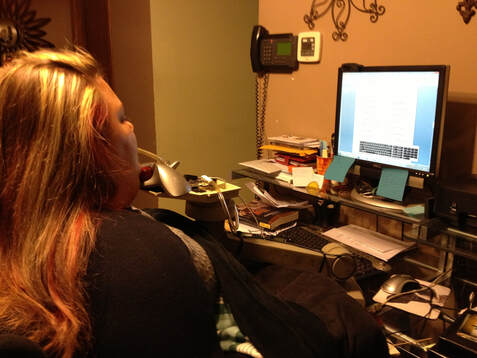
Hi there, I'm Jenn! For starters, I’m physically disabled but I push myself beyond my limitations. I was in a car accident on my first day of kindergarten in 1990 where I sustained a C1-C2 spinal cord injury, which explains my “SCI Thriver” hashtag on the class padlet. I’ve had a fairly “normal” upbringing as I lived at home with my family. I have full time staff and am quite independent. I went to university and acquired a psychology degree and start my internship in the fall to complete my middle years Education degree! I’m a very spiritual person and enjoy nature, especially walking my dog. I’m addicted to cooking and baking competition shows, I like board/card games, and visiting anywhere in B.C. lights up my soul!
My experience with technology began in the hospital after the accident, using one of the first Macs - I used to love drawing on the paint program 😊 An arm attached to the computer desk held a track ball mouse which I operated with my chin and a sip and puff mechanism enabled left and right clicking. I still use this setup and deem myself relatively proficient with technology 🤓
As for educational technology - I’m learning. I’m not typically up to date with the latest apps or social media platforms (Snapchat, Twitter, etc.), but I enjoy exploring Padlet, Kahoot, Jamboard, and utilize google docs and google slides.
Blogging is a whole other story (pun intended!). I’ve dabbled with blogging, sharing experiences, and I’d like to continue blogging efforts but I first need to work on my insecurities around caring about what others may think about my musings. However, I'm comfortable sharing my Twitter!
Anyway, that’s that in a nutshell, I’d say more so a seed shell, perhaps a sunflower seed or a sesame seed (although I can’t say I’ve ever seen a sesame seed shell but I assume it's smaller...)
My experience with technology began in the hospital after the accident, using one of the first Macs - I used to love drawing on the paint program 😊 An arm attached to the computer desk held a track ball mouse which I operated with my chin and a sip and puff mechanism enabled left and right clicking. I still use this setup and deem myself relatively proficient with technology 🤓
As for educational technology - I’m learning. I’m not typically up to date with the latest apps or social media platforms (Snapchat, Twitter, etc.), but I enjoy exploring Padlet, Kahoot, Jamboard, and utilize google docs and google slides.
Blogging is a whole other story (pun intended!). I’ve dabbled with blogging, sharing experiences, and I’d like to continue blogging efforts but I first need to work on my insecurities around caring about what others may think about my musings. However, I'm comfortable sharing my Twitter!
Anyway, that’s that in a nutshell, I’d say more so a seed shell, perhaps a sunflower seed or a sesame seed (although I can’t say I’ve ever seen a sesame seed shell but I assume it's smaller...)
Author
Jenn New - an outgoing, nature loving, cooking competition addict, Moose Jawvian who just happens to be a C1-C2 ventilator dependent quadriplegic.
Photo used under Creative Commons from @mist3ry30
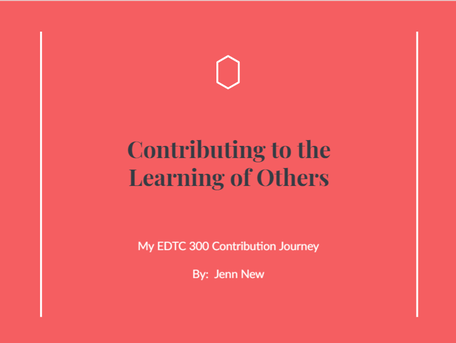
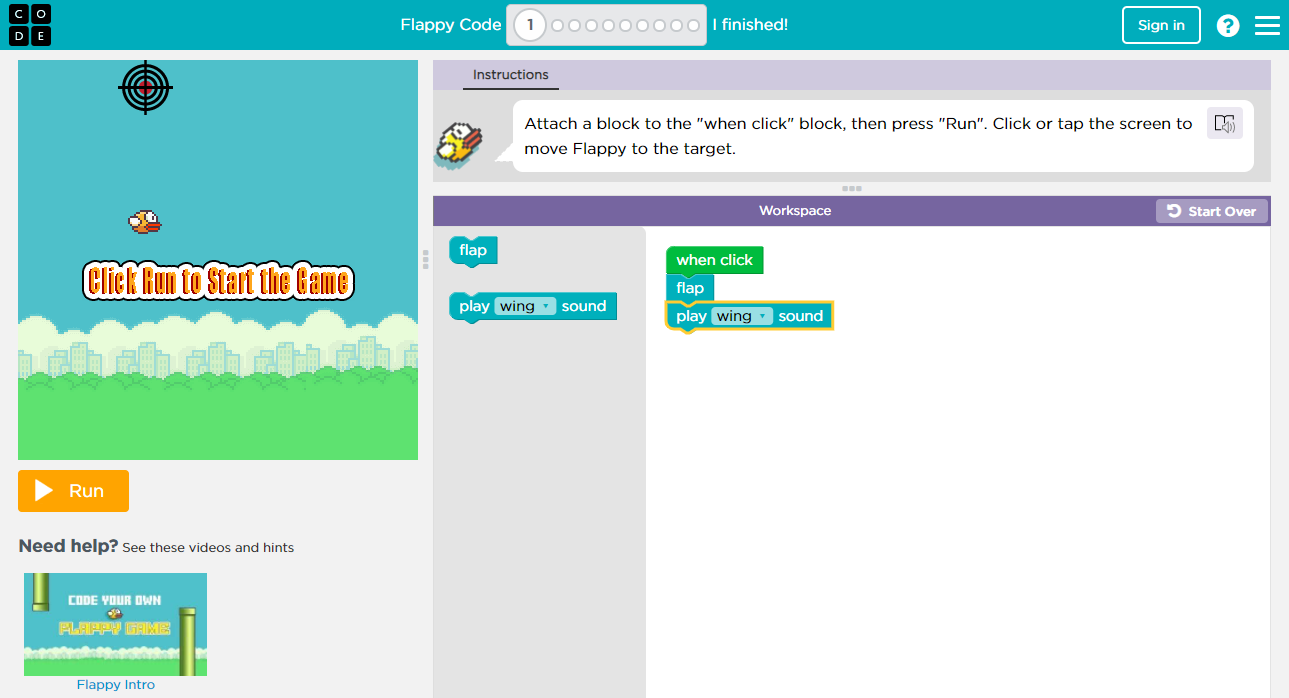
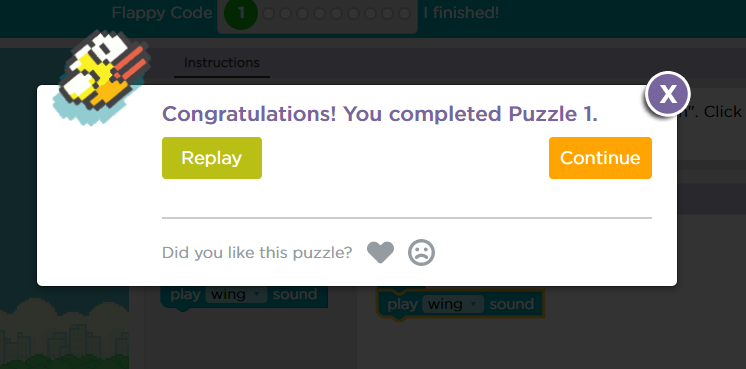
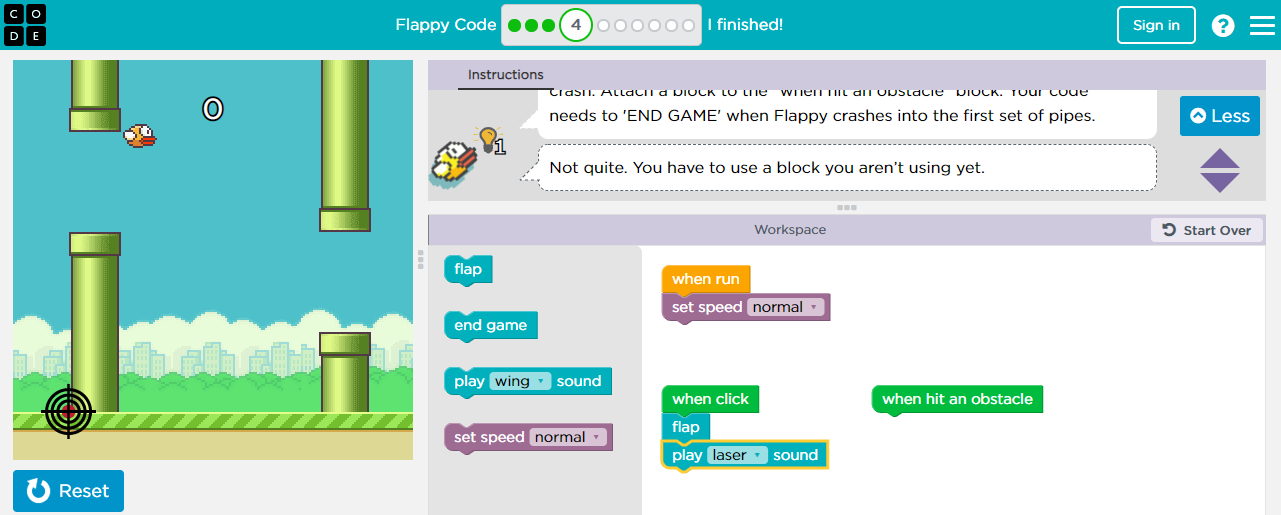
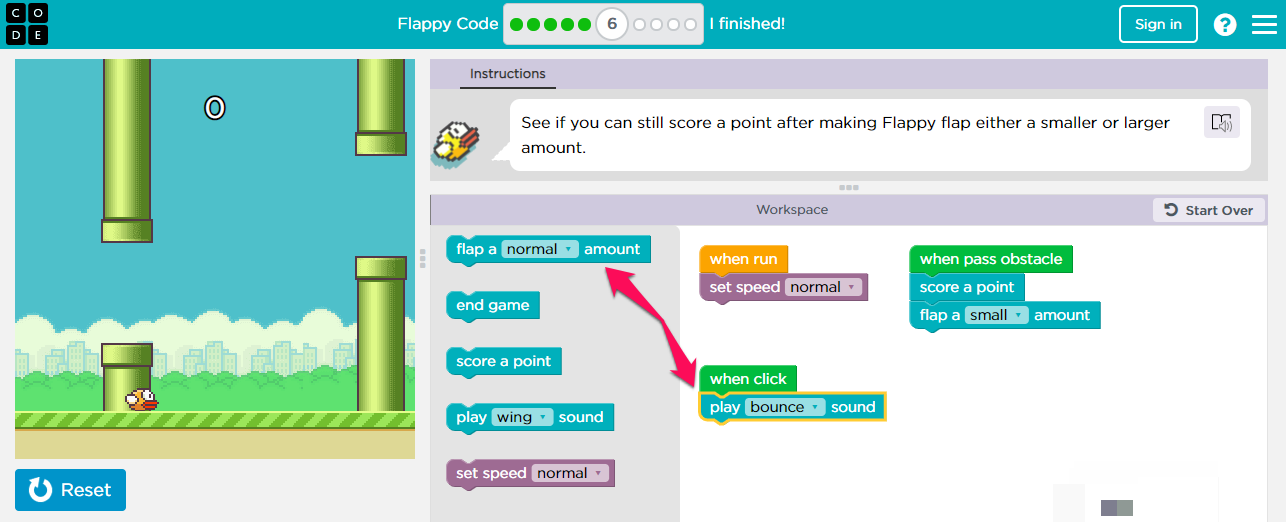
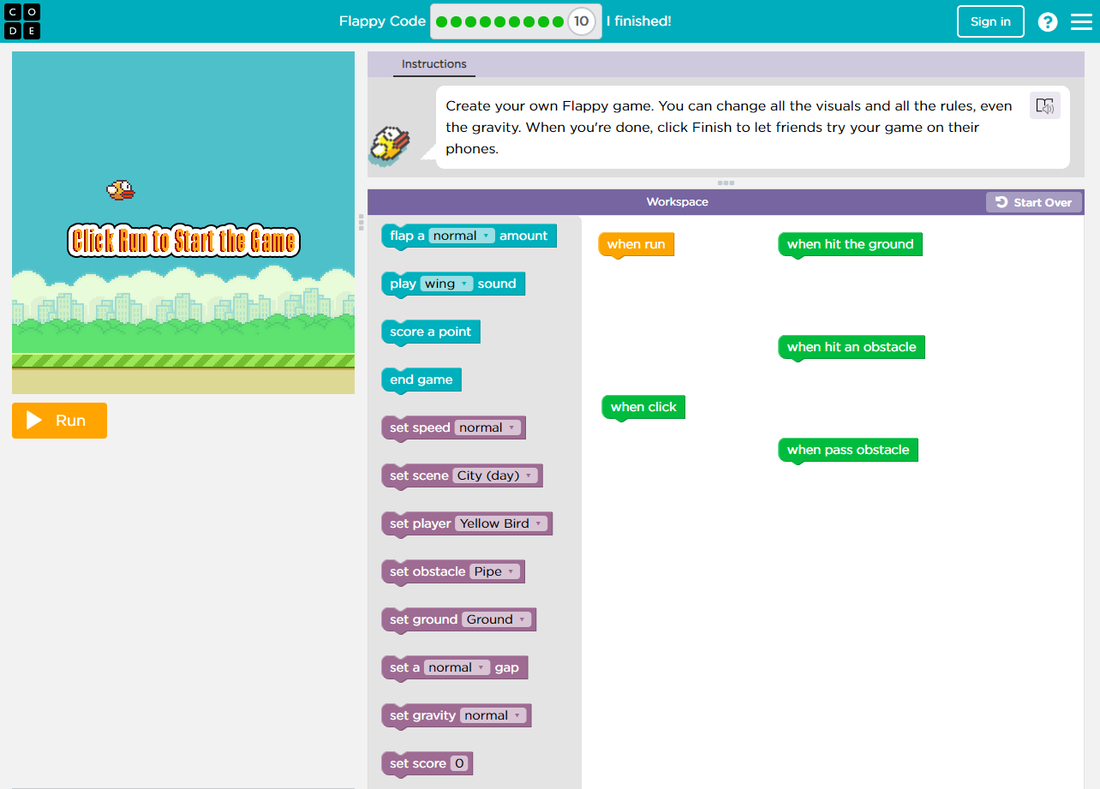
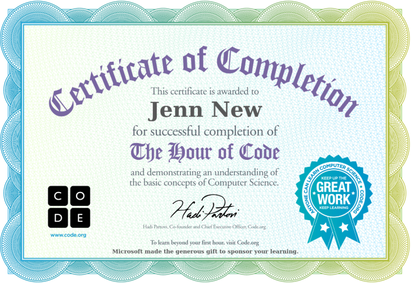
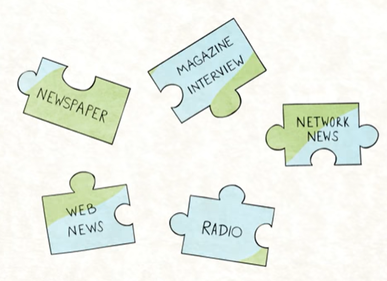
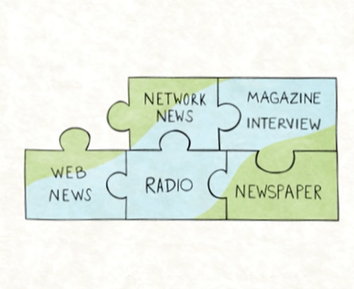


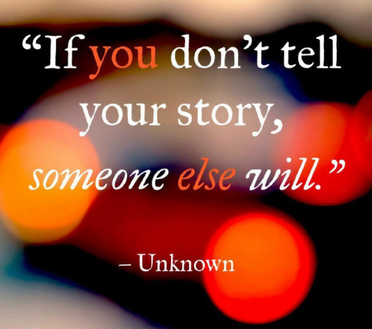
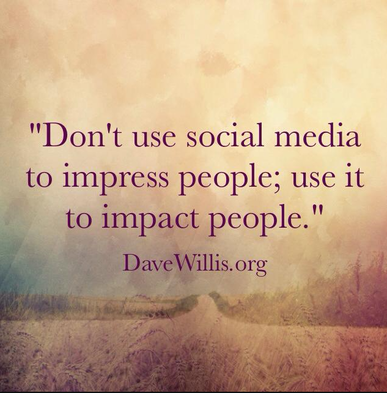
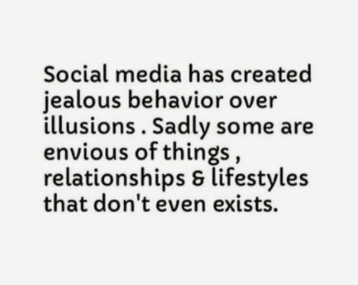
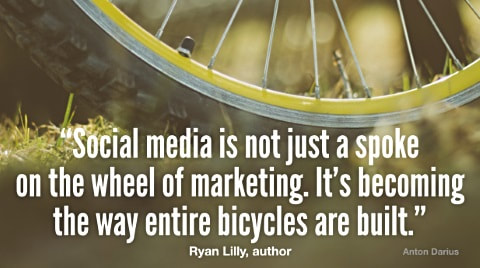
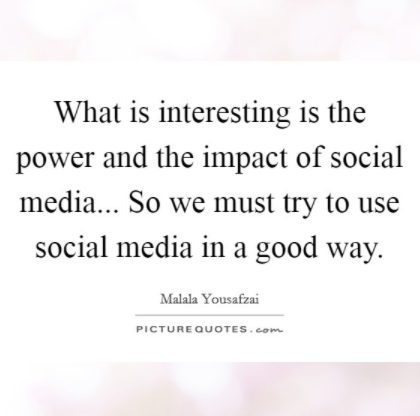
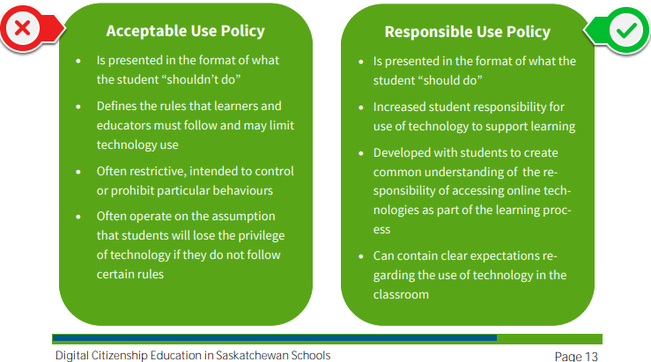
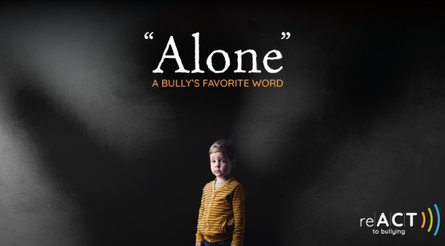
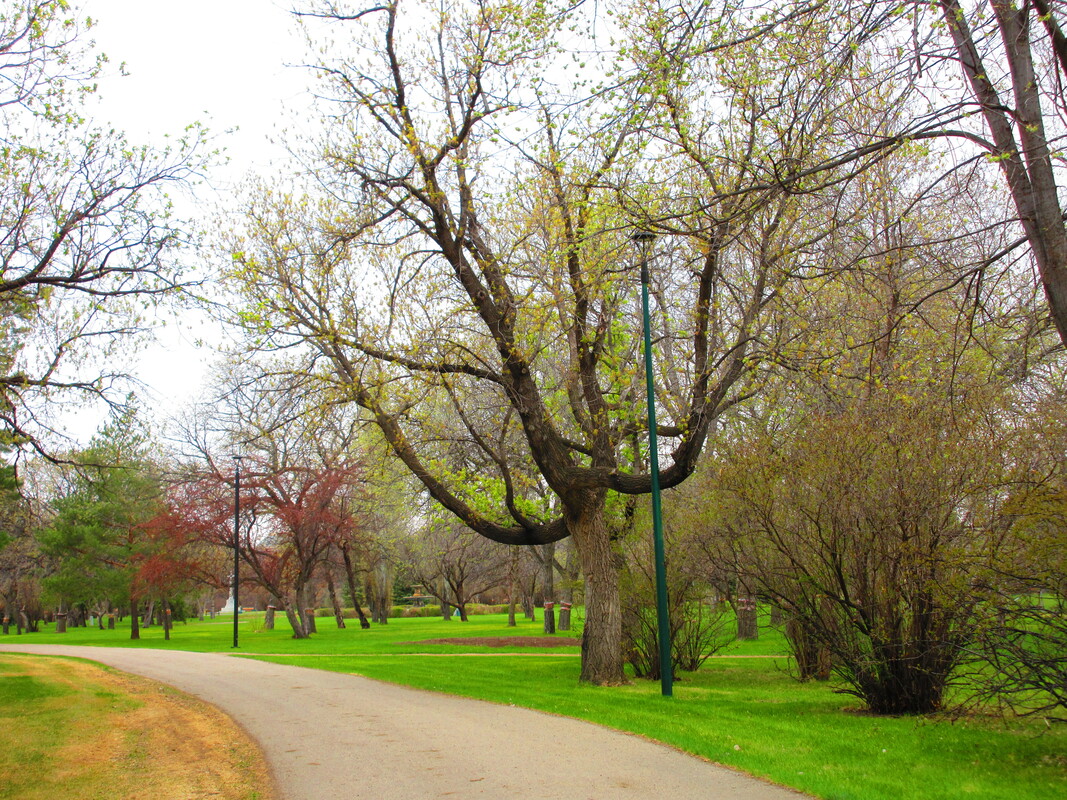


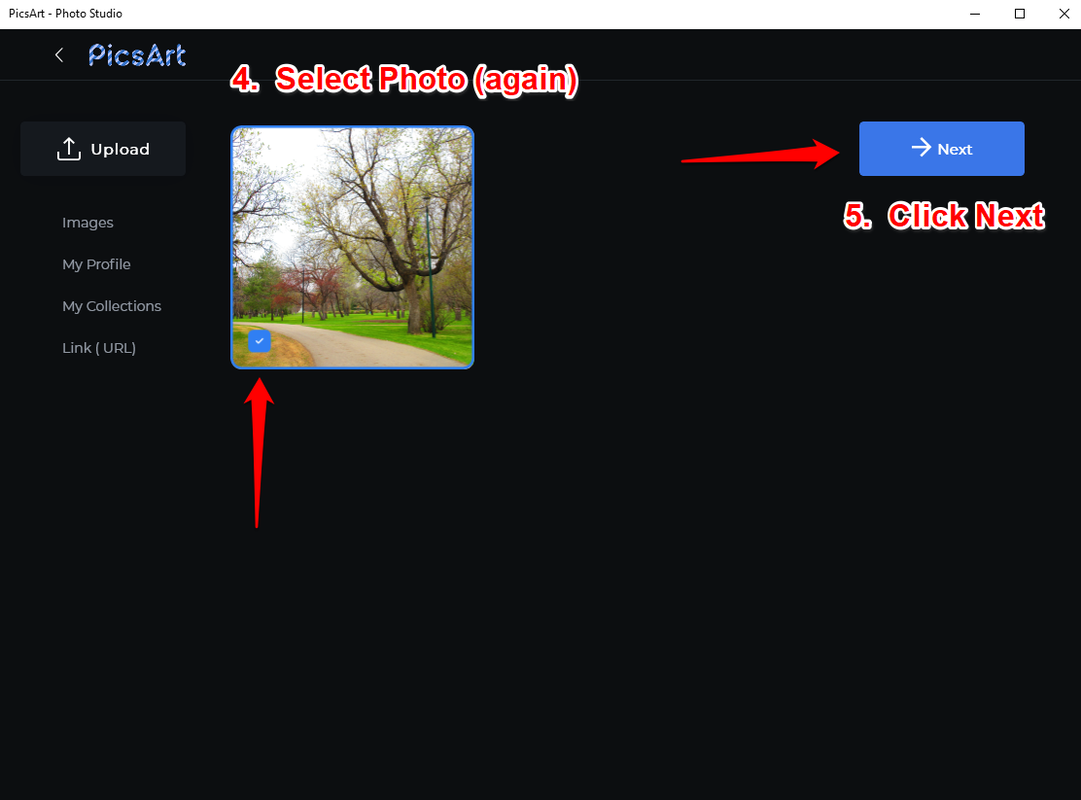


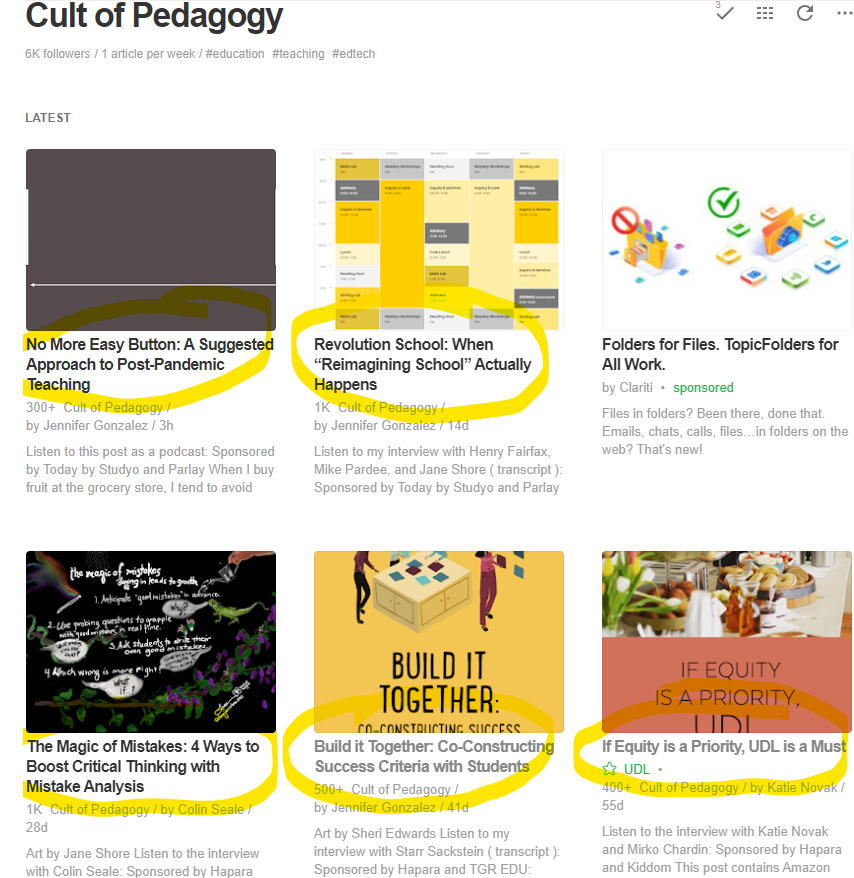

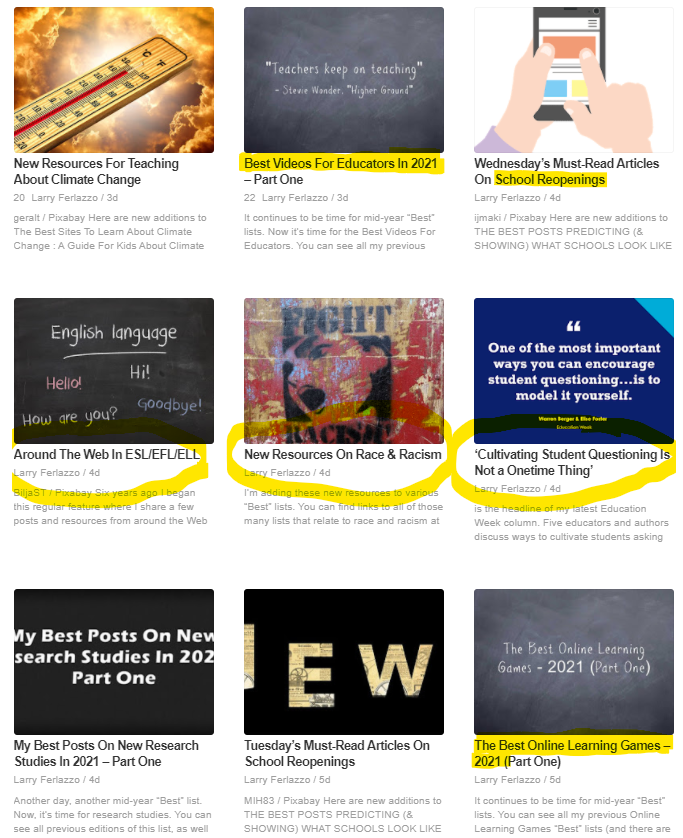
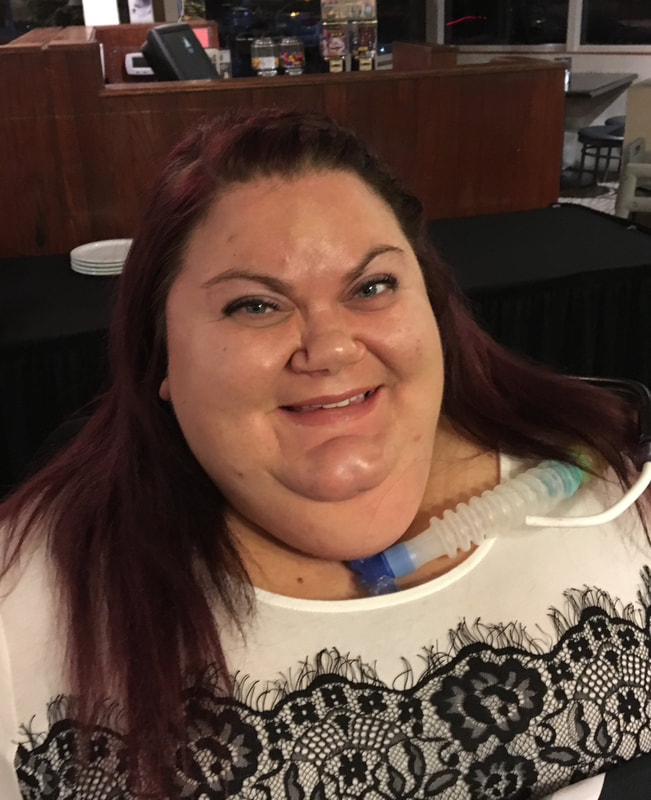
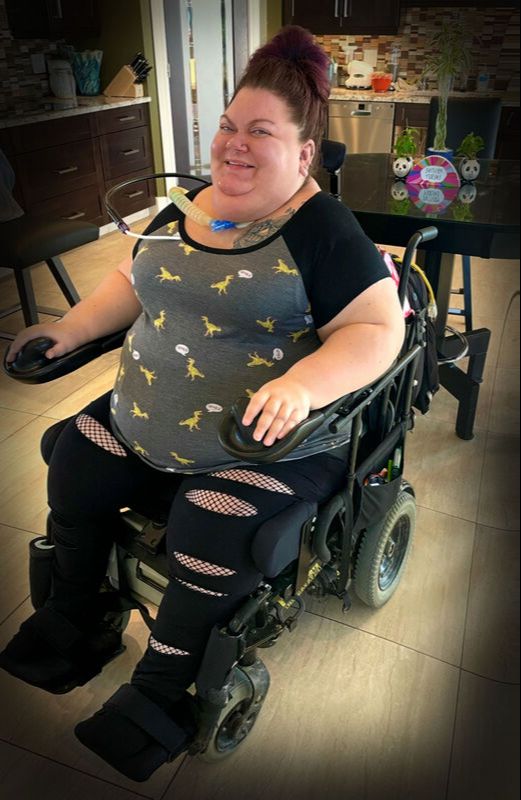

 RSS Feed
RSS Feed
